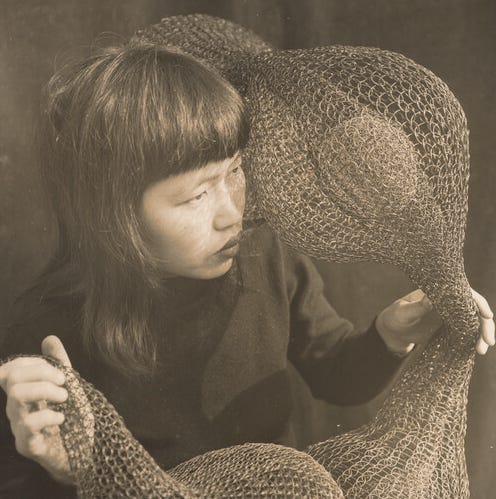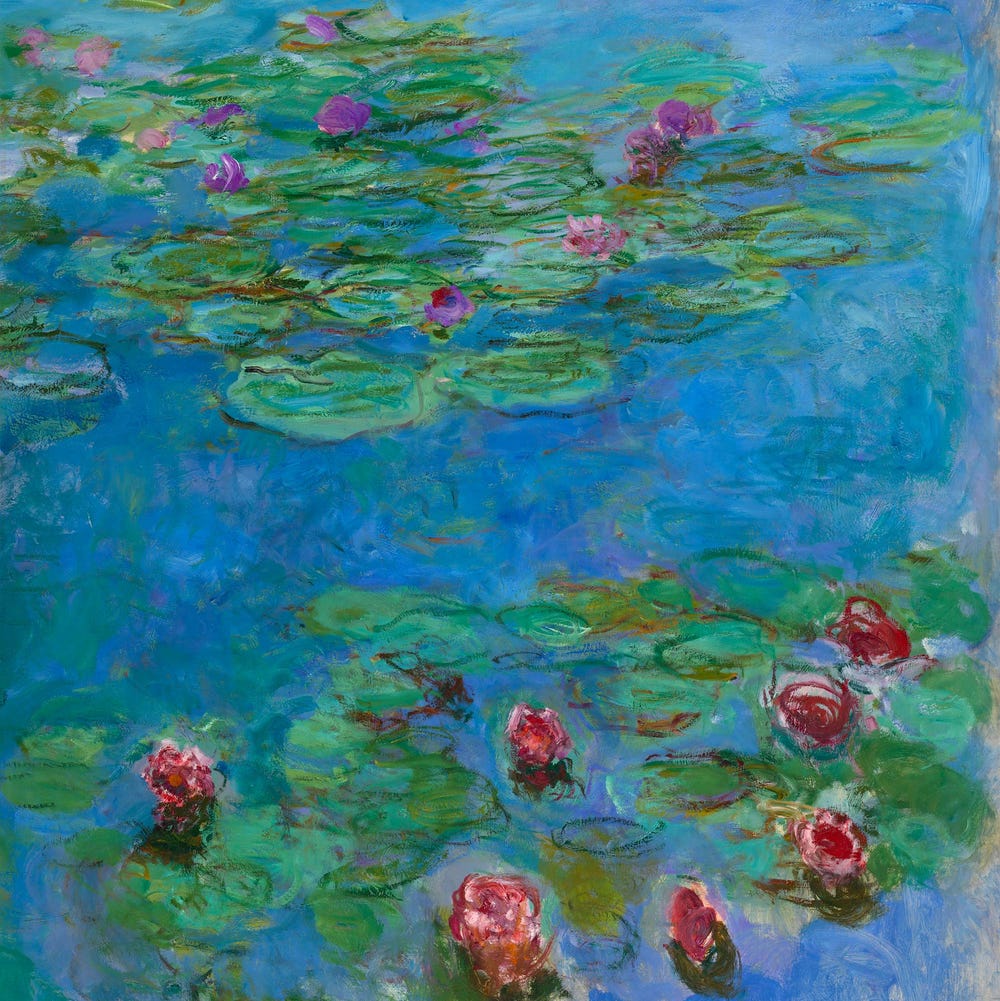5 Things to Know about Impressionist Mary Cassatt
By Antonia Smith, digital project manager
September 19, 2024
Mary Cassatt, Lydia at a Tapestry Frame (detail), c. 1881. Oil on canvas, 25 5/8 x 36 3/8 in. (65.088 x 92.393 cm). Flint Institute of Arts, Gift of The Whiting Foundation
Mary Cassatt (1844–1926) was the most celebrated women artist of her time. A committed member of the Impressionist movement, she was an innovative painter, pastelist, and printmaker. Here are 5 things you might not know about this bold, experimental artist.
1. She was the only American to exhibit with the French Impressionists
Born in 1844 in Pittsburgh, Pennsylvania, Cassatt began her artistic training at the Pennsylvania Academy of the Fine Arts at the age of 16. In 1868, her painting Mandolin Player was accepted into the Paris Salon (the official art exhibition sponsored by the French state). Settling in Paris in 1874 and becoming a regular at the Salons, she met founding Impressionist member Edgar Degas, who invited her to join this avant-garde group of French artists. She was the only American officially associated with the group, and participated in four of their eight exhibitions between 1879 and 1886. Little Girl in a Blue Armchair (1877–1878), originally rejected from the Exposition Universelle in Paris (likely on account of Cassatt’s free brushwork and her young model’s devil-may-care attitude) was shown in an 1879 Impressionist exhibition.
Mary Cassatt (1844–1926), Little Girl in a Blue Armchair, 1877–1878. Oil on canvas, 35 1/4 x 51 in. (89.5 x 129.5 cm). National Gallery of Art, Washington, D.C. Collection of Mr. and Mrs. Paul Mellon
2. She created radical art under the cover of “feminine” subject matter
Parisian society in the late 19th century was highly divided and class-conscious. There were expectations about what a genteel woman artist like Cassatt ought to depict. Cassatt turned to subjects that were accessible and acceptable. She painted women and children in her sphere (her sister Lydia, nieces, nephews, children of friends, and the women who cared for them). Often dismissed as “sentimental,” these works were, in fact, bold and pioneering both in technique and subject matter. While mother-and-child imagery was nothing new, in Cassatt’s depictions, she emphasized the work of caretaking — the physical and psychological effort of comforting, breastfeeding, bathing, dressing, and educating children. She also highlighted the agency, intellect, and inner lives of women by showing them deeply engaged in their pursuits.
Mary Cassatt, Lydia at a Tapestry Frame, c. 1881. Oil on canvas, 25 5/8 x 36 3/8 in. (65.088 x 92.393 cm). Flint Institute of Arts, Gift of The Whiting Foundation
3. She was a particularly innovative printmaker
Cassatt experimented across a number of media — painting, pastel, and printmaking. Some of her greatest innovations came in printmaking. In 1890, she attended an exhibition of Japanese woodblock prints and was inspired by the colors and patterns she saw. Using Western techniques, Cassatt set out to produce a similar effect, pioneering a new method of printing in color on copper plates. The prints in her “Set of Ten” (1891), made using this method, are considered some of her most significant works and among the most inventive in the history of modern printmaking.
Mary Cassatt, The Bath (first print in Cassatt’s “Set of Ten”), 4th state of 17, 1890–1891. Drypoint, soft-ground etching, and aquatint on paper, 15 5/8 x 11 7/8 in. (39.7 x 30.2 cm). Adelson Galleries, New York
Mary Cassatt, The Bath, 17th and final state, 1890–1891. Drypoint, soft-ground and aquatint on paper, 14 5/8 x 10 7/8 in. (37.1 x 27.6 cm). Adelson Galleries, New York
4. She was a savvy businesswoman
Cassatt saw her artistic pursuits as a professional career. This approach went against societal norms, since professional ambition was considered a masculine virtue. Nevertheless, Cassatt was determined to become a professional artist, be taken seriously, and exhibit and sell her works. Over the course of her career, she produced approximately 380 pastels, 320 paintings, and 215 prints. In addition to participating in the art market as an artist, she also served as an advisor, helping shape public and private art collections across the United States. By the end of the 19th century, she had established a global reputation — and a growing market — for her own artwork.
Mary Cassatt, Bathing the Young Heir, 1890–1891. Oil on canvas, 28 3/4 x 23 3/8 in. (73.025 x 59.373 cm). Private collection. Courtesy of Waqas Wajahat, New York. Image courtesy of Philadelphia Museum of Art
5. She was an advocate for women’s rights
In the final decades of Cassatt’s life, her eyesight started to fade. She created her last works in the early 1910s, and began turning to pursuits outside of art. In 1915, she organized an exhibition with art collector and friend Louisine Havemeyer to benefit women’s suffrage. The exhibition featured approximately 20 works by Cassatt, as well as works by fellow Impressionist Degas. The 1915 exhibition included Cassatt’s The Long Gloves (1886), Woman in a Black Hat and a Raspberry Pink Costume (ca. 1905), and Children Playing with a Dog (1907), also on view in Mary Cassatt at Work.
Text adapted from research by Jennifer Thompson, curator of European painting and sculpture at the Philadelphia Museum of Art; Laurel Garber, assistant curator of prints and drawings at the Philadelphia Museum of Art; and Emily Beeny, chief curator of the Legion of Honor.











